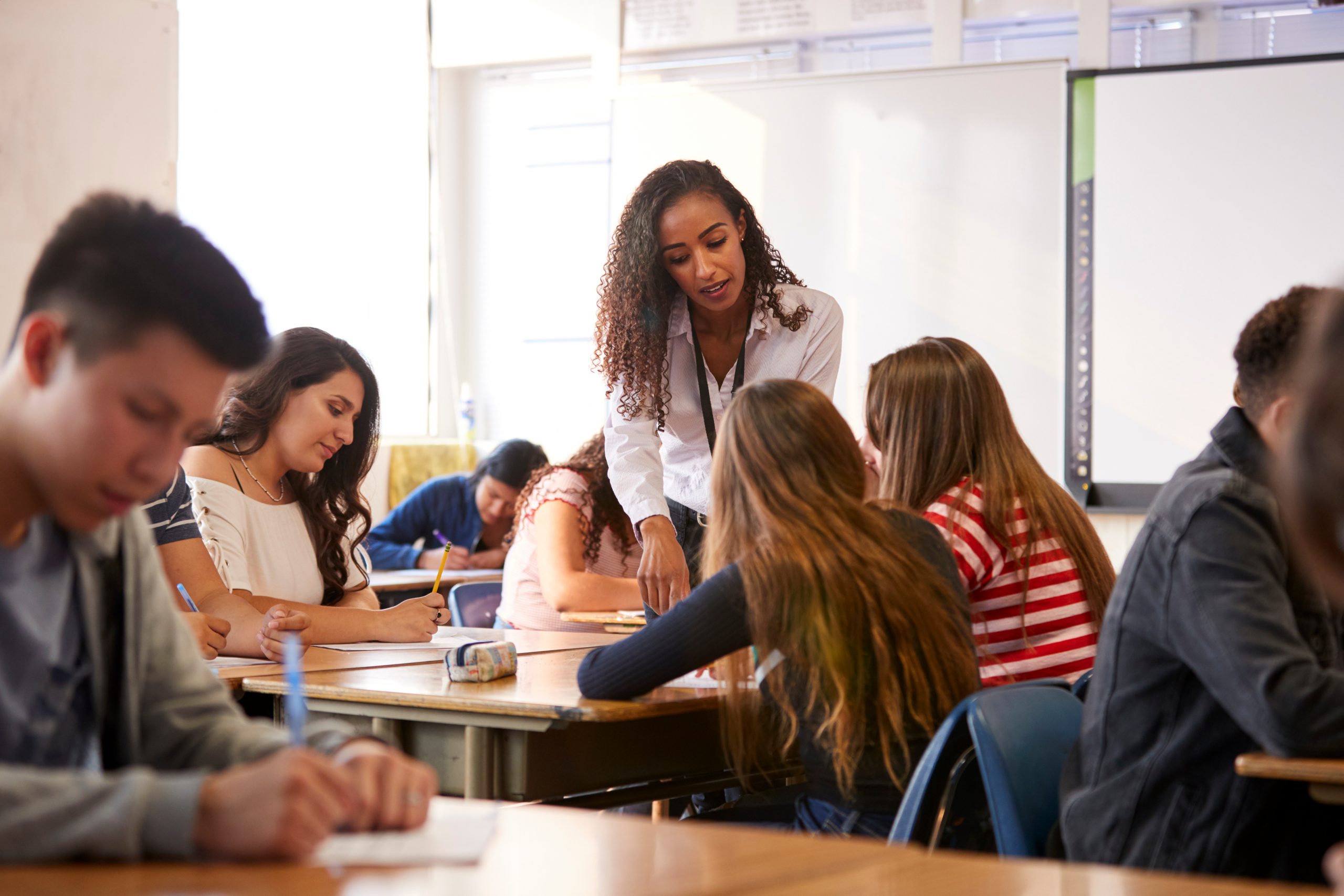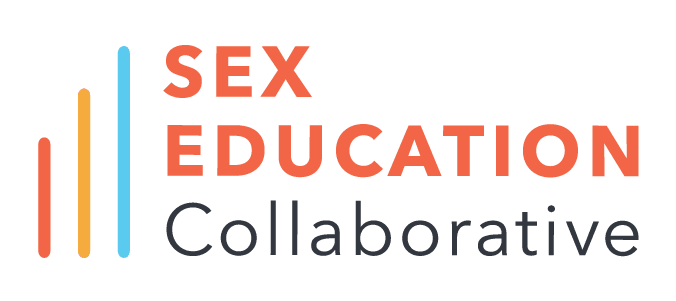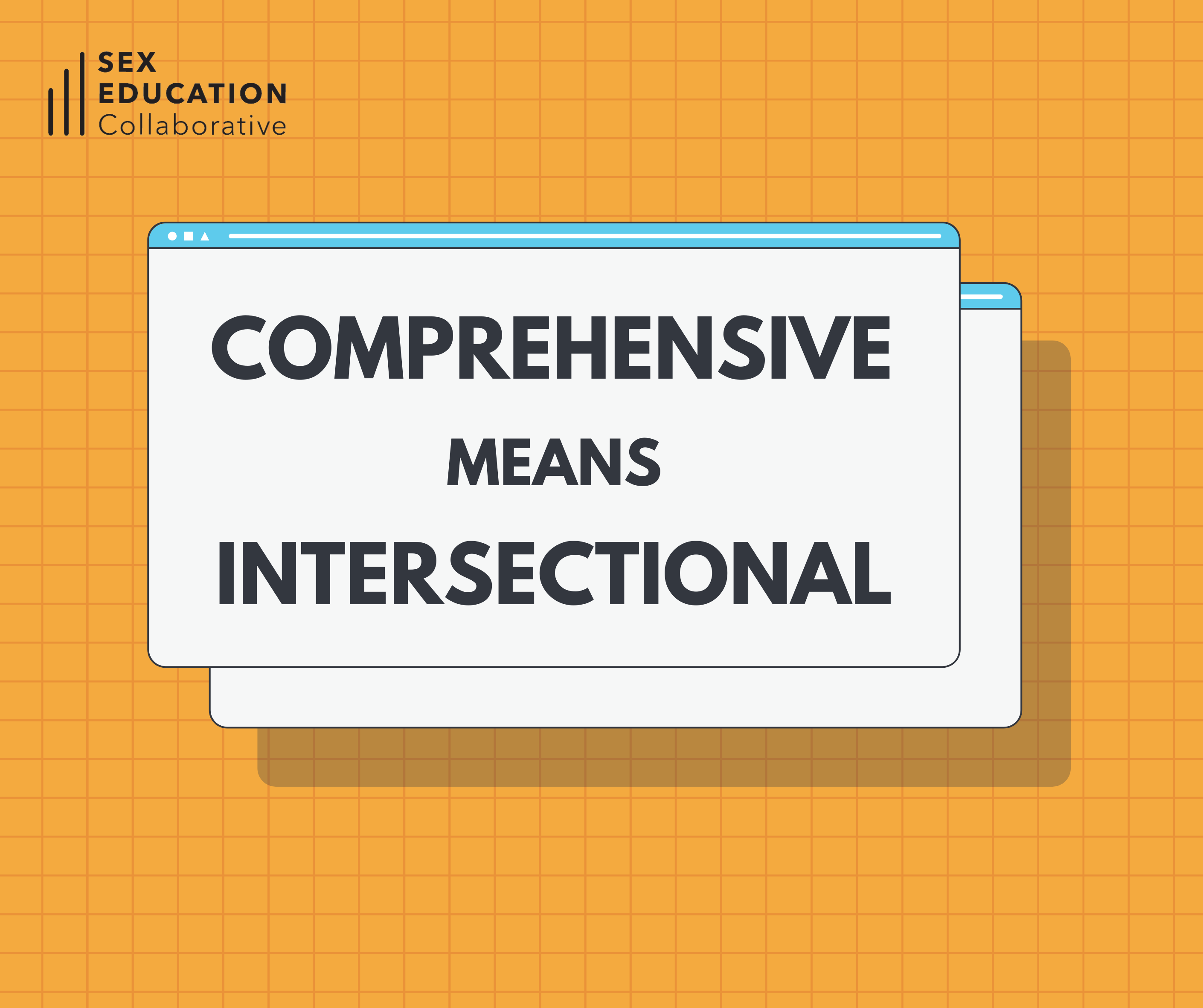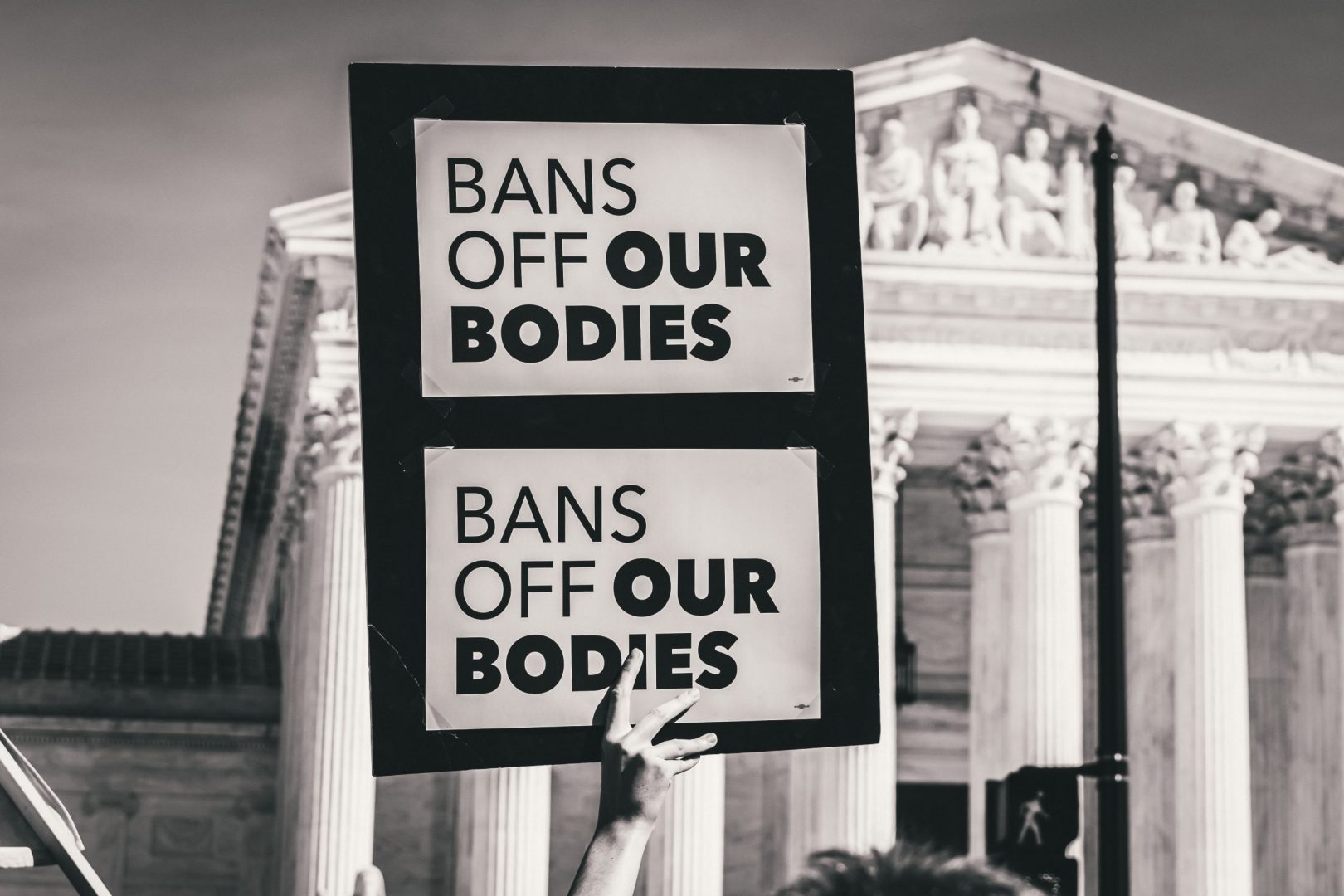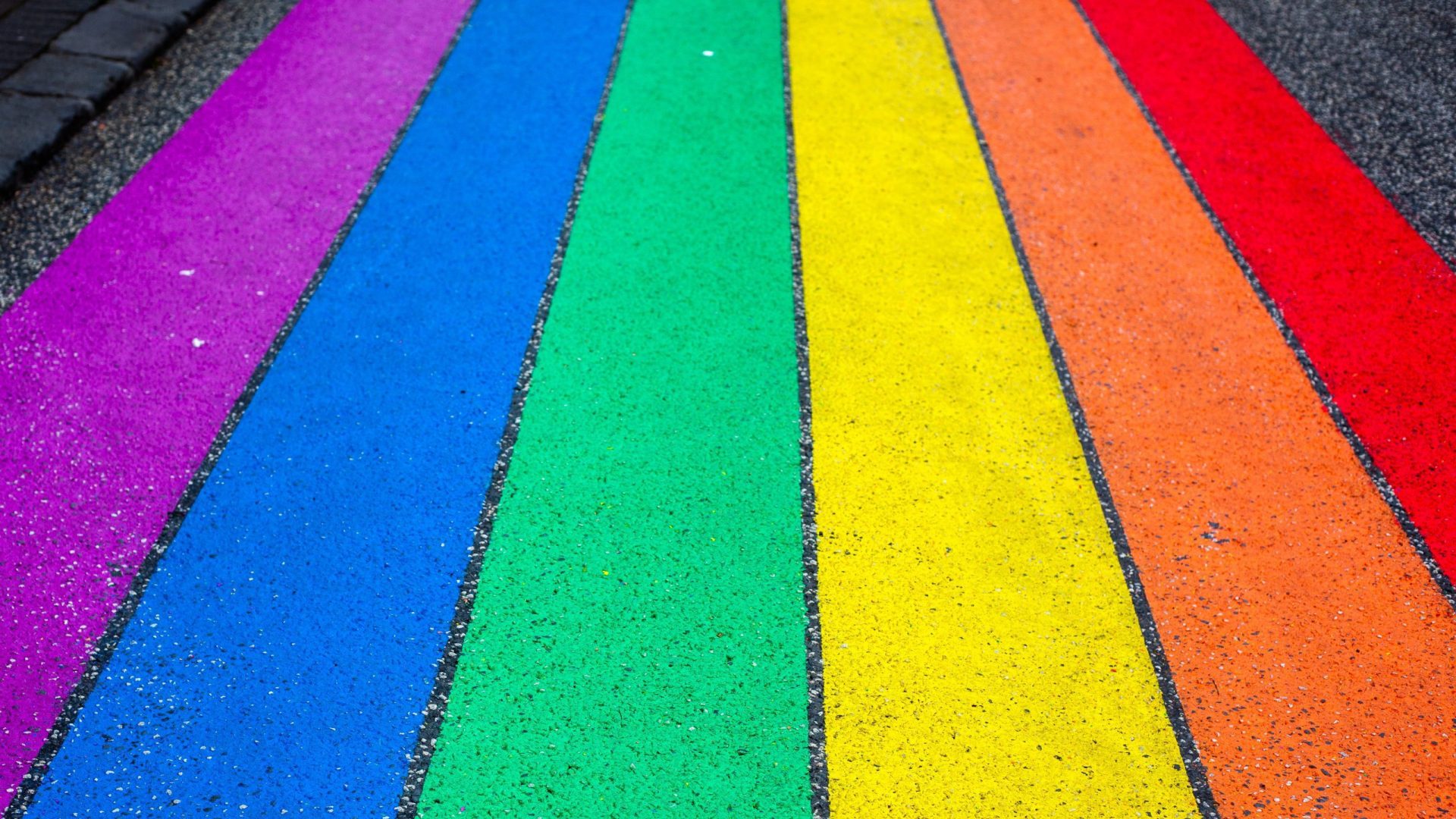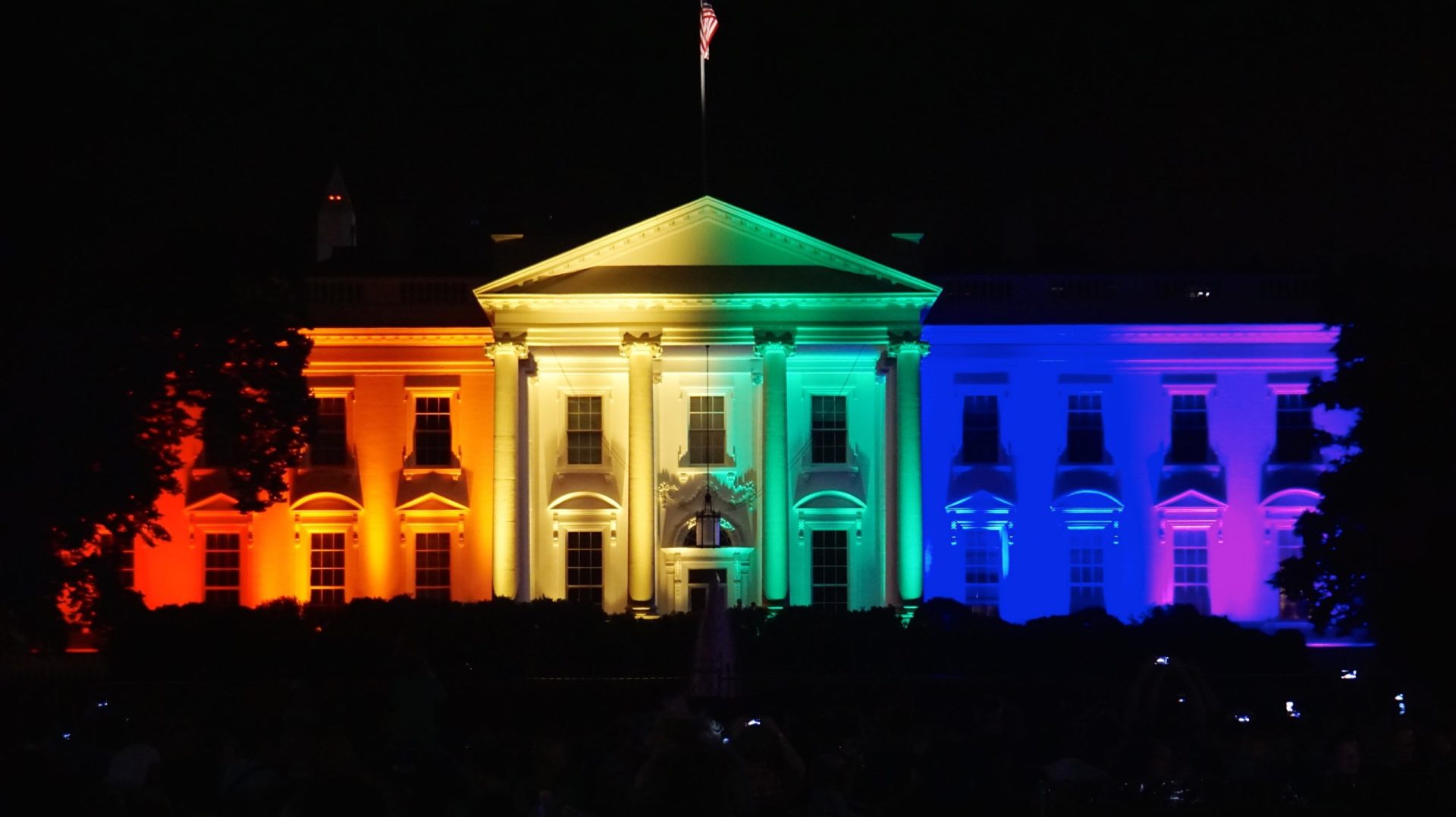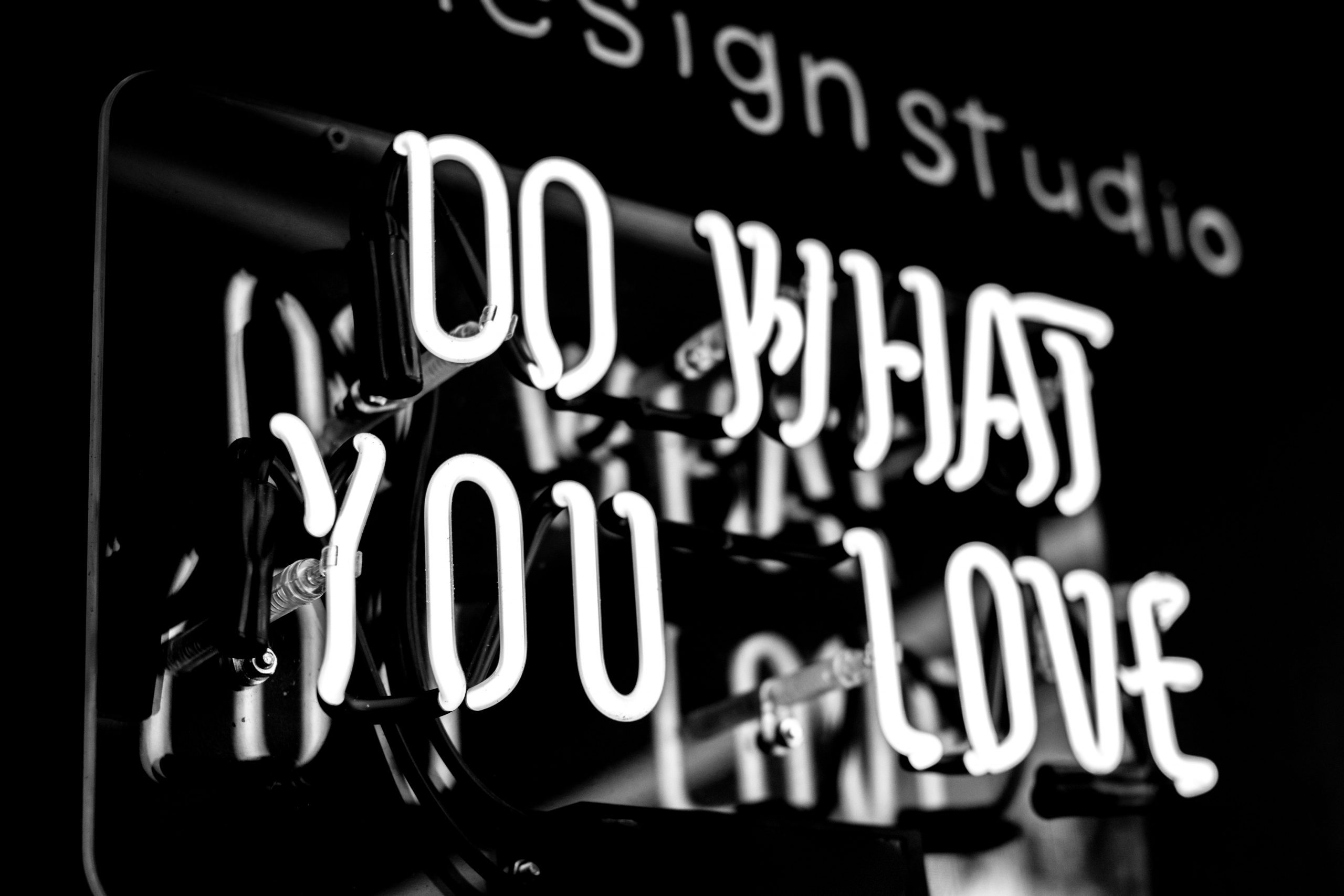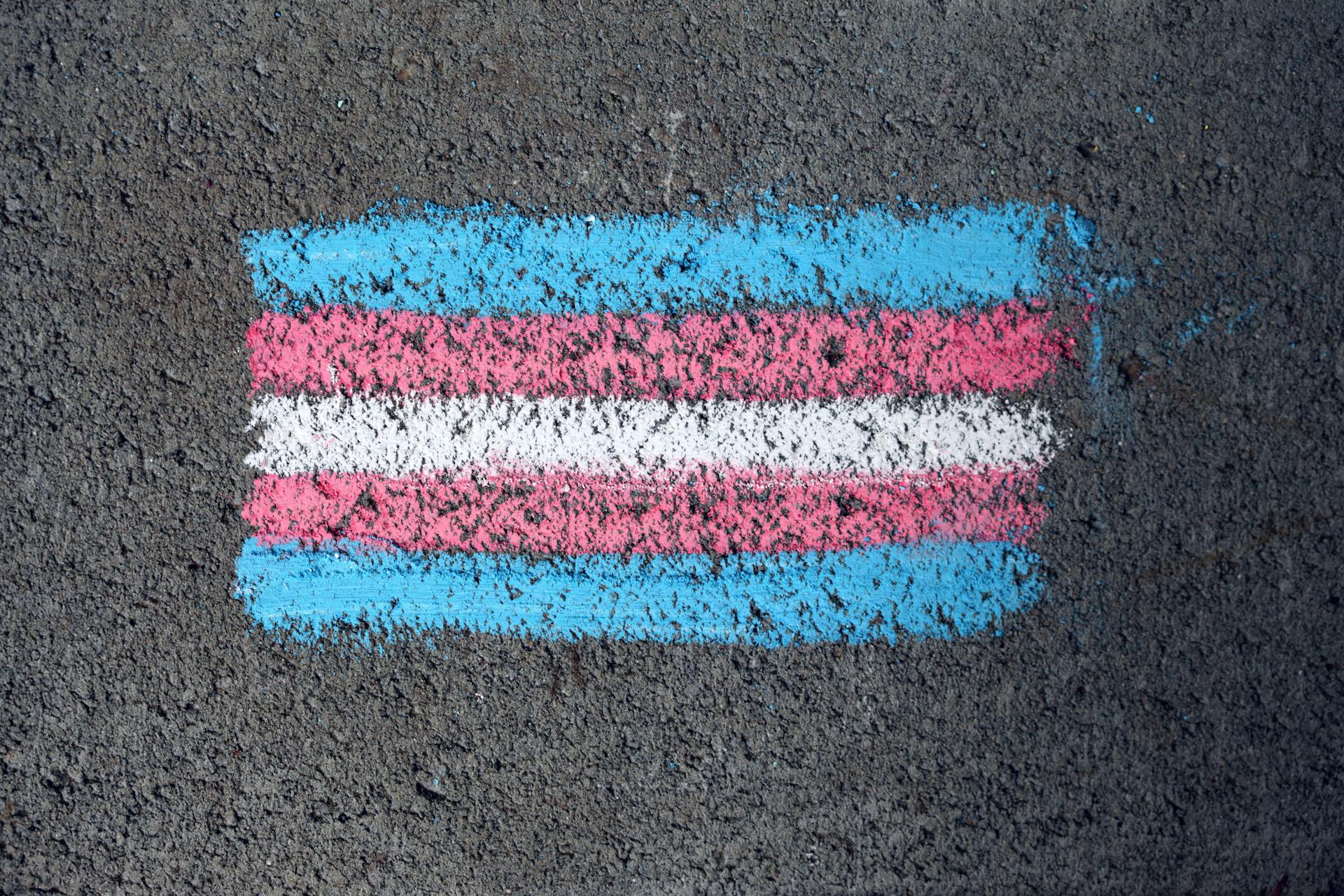If youth don’t have equal access to comprehensive sex ed, then it is not intersectional. And it’s on us to change that.
March 10, 2022
Intersectional sex ed is possible, but what does that mean? Sex ed should be as robust and diverse as young people are today. And it’s on us to work towards bridging the gaps in our curricula, so all youth see themselves and their experiences thoughtfully represented in sexuality education.
Young people deserve to have equal access to comprehensive sex ed that:
- Shows a variety of different body sizes, abilities, ethnicities, gender presentations, and more in curricula;
- Addresses and works to undo the hyper-sexualization of BIPOC women and femmes;
- Challenges single issue approaches and instead considers how racism and oppression, couple with classism and misogyny, affect marginalized youth; and
- Calls out and rejects any white, cisgender, heteronormative approaches to sexuality education.
Want to learn more about how you can move beyond comprehensive to inclusive sex ed in your classroom or learning environment? Check out the Sex Ed Collaborative’s tips on moving sex education forward!
Get more resources through the Sex Education Collaborative and Training Hub.
PHOTO CREDIT: monkey business on Adobe Stock

